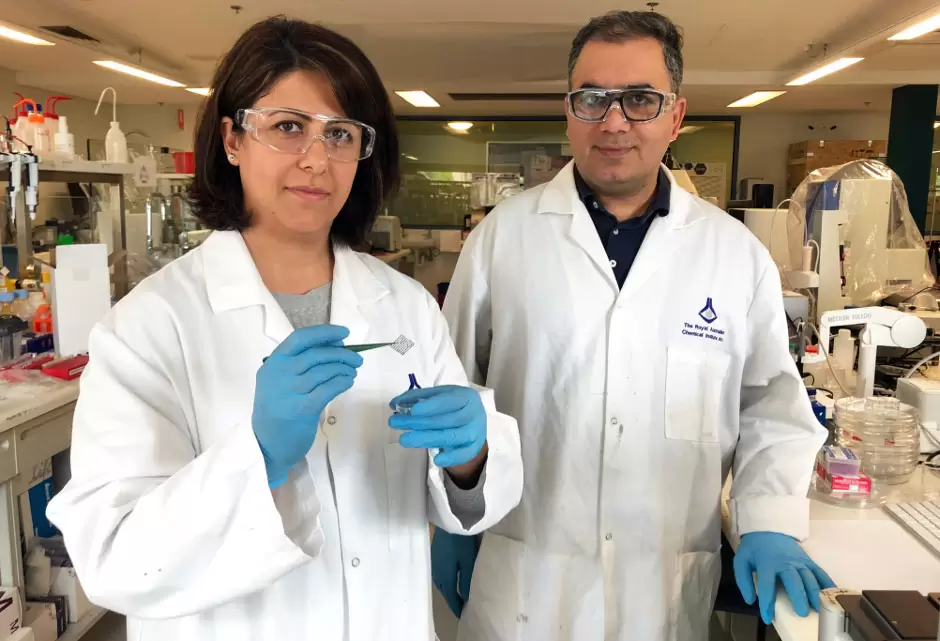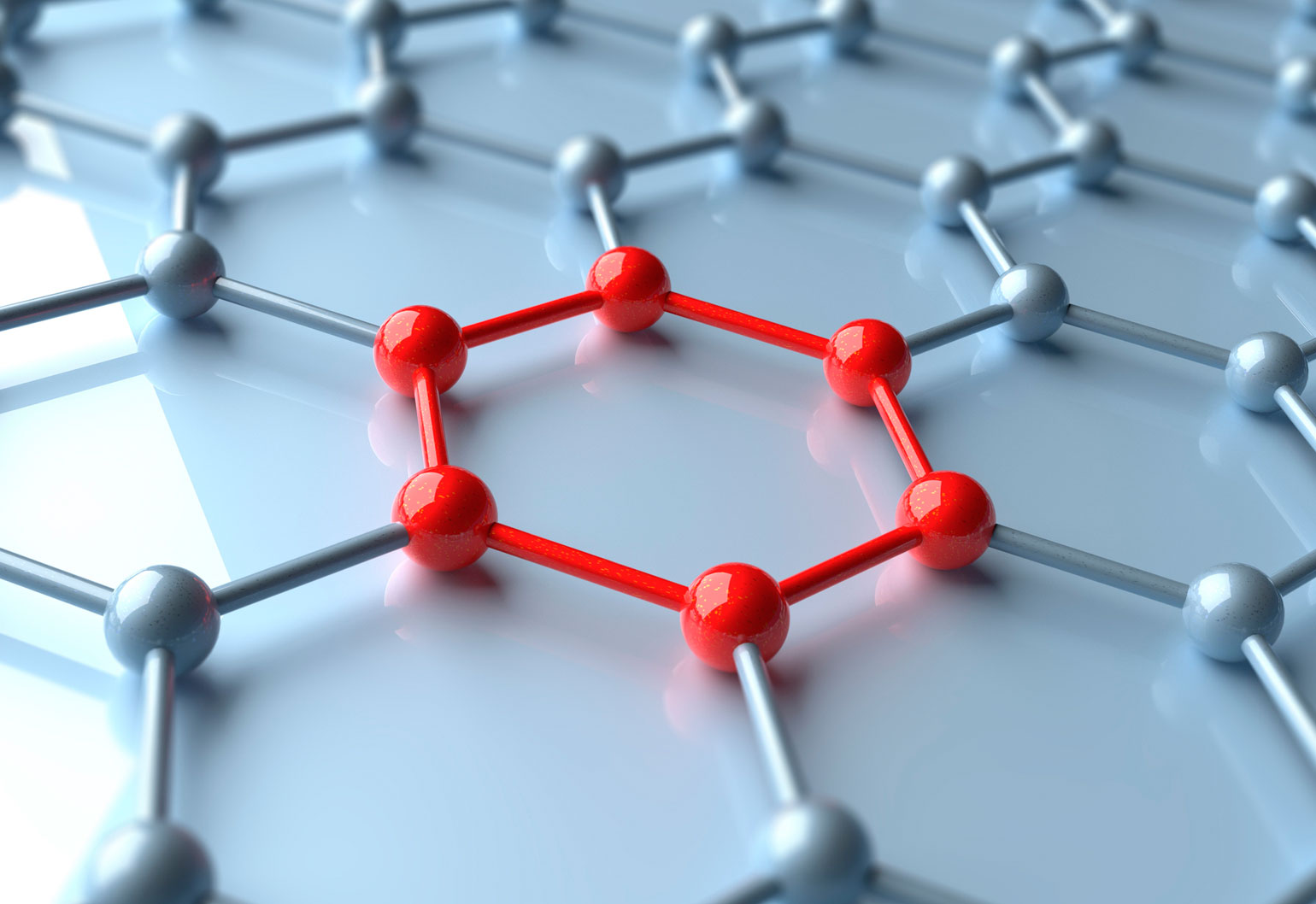Graphene’s reputation as the ‘material of the future’ has been tarnished by its disappointing performance. A new study got to the root of this issue.
Since its discovery in 2004, graphene has been the subject of much research and investment. It’s stronger than steel, more conductive than copper, transparent and super flexible, making it ideal for applications like flexible electronics, solar panels, water filters, biosensors and computer chips. Graphene even earned its discoverers the Nobel Prize for Physics in 2010.
But despite the hype that it’s the next wündermaterial, early experiments with graphene have been disappointing, making widespread industry uptake slow.
A new study produced by RMIT University researchers highlights silicon contamination as the culprit behind disappointing results.
“Graphene was billed as being transformative, but has so far failed to make a significant commercial impact, as have some similar 2D nanomaterials. Now we know why it has not been performing as promised, and what needs to be done to harness its full potential,” said Dr Dorna Esrafilzadeh, one of the team’s leaders and a VC Research Fellow with the School of Engineering.
Not a flash in the pan
According to the team’s findings, published in Nature Communications, small amounts of silicon present in graphite, the raw material used to make graphene, can have massive impacts on the material’s performance if not removed.
Impurities have a particularly potent effect on graphene because the material is so thin – just a single layer of atoms. Any differences in its composition can alter the material’s properties and render it useless for surface area-dependent applications, such as electrical conductivity.

The team’s tests showed contaminated materials performed up to 50 per cent worse when tested as electrodes compared to pure samples. According to them, this type of underperformance has prevented the emergence of a “killer app” for graphene-based systems.
“We believe this contamination is at the heart of many seemingly inconsistent reports on the properties of graphene and perhaps many other atomically thin 2D materials,” Esrafilzadeh said.
The RMIT team, led by Dr Dorna Esrafilzadeh and Dr Rouhollah Ali Jalili, studied commercially available graphene samples with an aberration-corrected scanning transmission electron microscope. The atomic-level resolution of this microscope meant silicon (which has a higher atomic number than oxygen or carbon) appeared in contrast to ‘purer’ regions in graphene samples.
These silicon impurities were “extremely persistent”, according to the researchers, and weren’t scrubbed through traditional production methods. Instead, the researchers turned to ultra-pure graphite as the feedstock, resulting in graphene that was “almost contaminant free”.

This ultra-pure graphene was tested as a humidity sensor and a supercapacitor. The supercapacitor’s ability to hold a charge was the largest recorded for graphene, and the humidity sensor broke records for the highest sensitivity and lowest limit of detection.
Although more work needs to be done to make purification and production methods scalable and commercially viable, using pure graphite for these experiments put graphene within sight of predicted theoretical capabilities.
“We hope this research will help to unlock the exciting potential of these materials,” Esrafilzadeh said.



